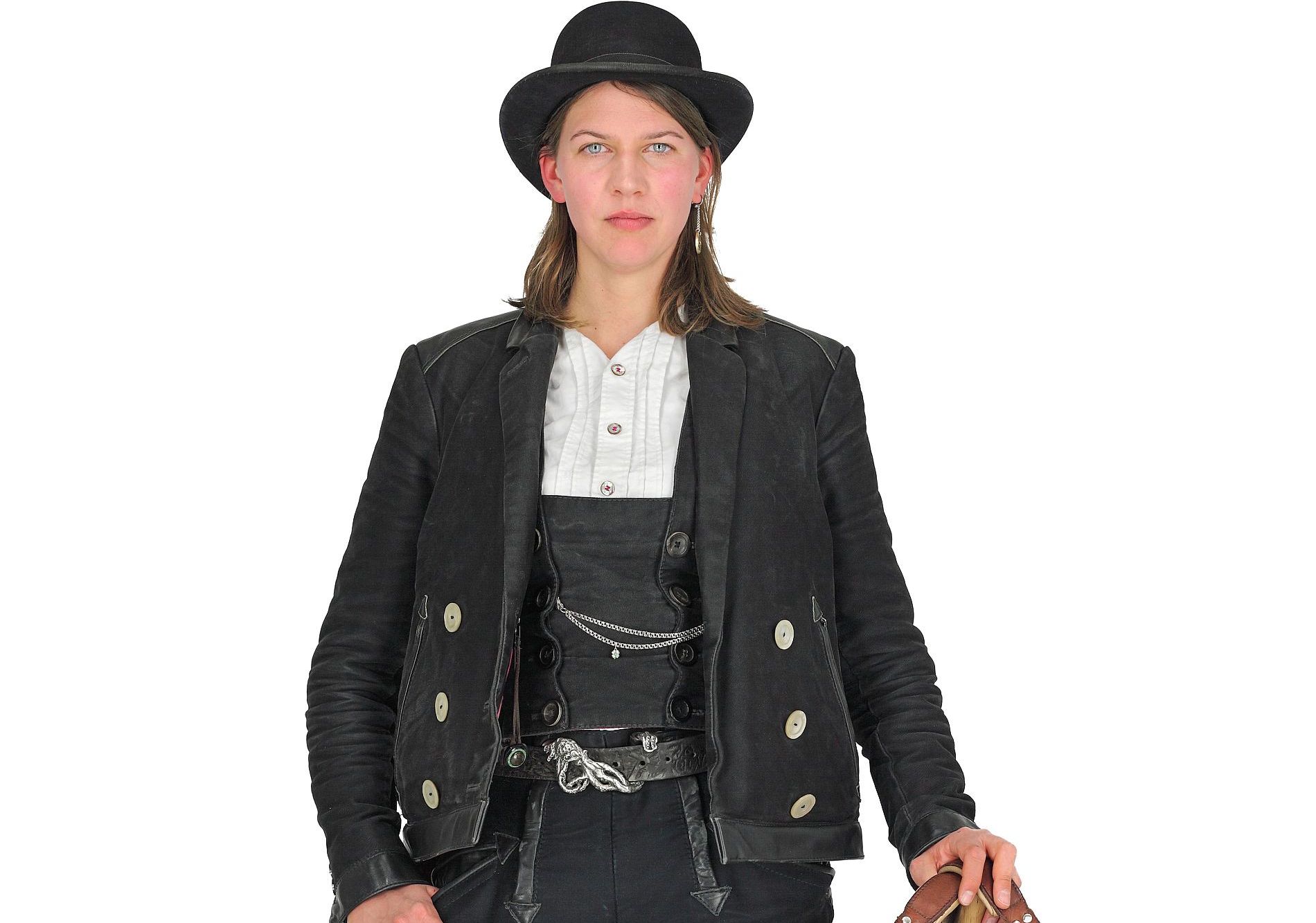
Craftspeople on tour
Craftspeople on tour (a Labour Day special)
Makers and mysteries I
1 May is Tag der Arbeit, or Labour Day, in Germany. As in many other countries around the globe, it is a public holiday and, in normal times, a day of union rallies. Exceptional circumstances mean that this year, for the first time ever, Labour Day celebrations must go entirely online. To mark the day virtually, this blog post takes a look at professional craftsmanship.
Craftspeople in German-speaking regions started organizing themselves in guilds and livery companies in the Middle Ages, long before the first industrial unions emerged from workers’ movements in the nineteenth century. The oldest known founding document for a livery company in Germany is that of the Bettdeckenweber, the quilt makers of Cologne, which dates from 1149. The statutes, carefully copied onto parchment with the seal of the guild attached, are preserved in Cologne’s municipal archives. Through the centuries, a multitude of guilds evolved, and with them customs, traditions and rituals. Some rituals happened in secret, others were staged for the local community. Therefore, 1 May, is a good moment to explore one tradition that is easily one of the most distinctive and well-known, and yet among the least understood. This is the so-called Walz, the period of travel lasting three-years -- and a day -- that young journeymen and women undertake after their training.
The Walz: quest and companionship
A journeyman with his bundle welcomed (on the right) by a representative of Nuremberg’s Brush Makers’ Guild on the outer wings of this triptych. The inscription imagines their short conversation and can be translated as: ‘God greet you, dear Sir father of mine / Have thanks dear and fine son / Do the journeymen of brush makers journeymen lodge here / You shall be welcome, by God.’ The triptych, commissioned by the Guild of Brush Makers (their brush symbols are at the top) dates from 1586 and 1728 (when the scene of the journeyman was probably added to the front).
Walz, the very word might remind you of Johann Strauss’ Blue Danube Waltz, famously featured in the iconic movie 2001: A Space Odyssey. Walzen, no longer an everyday word in German, means any kind of movement, from walking to hiking and even dancing. Today, Walz stands for the traditional period of travel that a small number of craftspeople still undertake upon completion of their apprenticeship when they officially become journeymen (that is to say, someone hired ‘by the day’ to exercise his or her trade, from the French journée- ‘day’). In many trades, the term ‘journey’ is to be taken literally: historically, most Gesellen (the German word for journeymen) were required to go on such a tour to develop their skills under different masters and in different towns. Yet, even more than simply another form of training, the Walz is fundamentally a transformative quest which relies on companionship and hospitality. After all, the German word Gesellen literally means ‘companions’. The Walz is also known, more prosaically, as Gesellenwanderung (‘journeymen tour’) and, with more poetry, as Tippellei: a beautiful word which conjours the sound of the patter of boots on the road. Today, travelling Gesellinnen and Gesellen have to be single, childless, debt-free, preferably under thirty years of age and without previous convictions. They are also not allowed within fifty kilometers of their hometown. Theresa Amrehn (*1985), trained in the ancient craft of Kirchenmalerei (or ‘church painting’, which today requires specialist knowledge of historic techniques and restoration). She published an account of her experiences while travelling in Germany, Britain, Austria and Switzerland. Her book Königin der Straße (‘Queen of the Road’) dispels any romantic notions you might have had about travelling. Her Walz is rewarding and demanding, physically and psychologically, right from the start -- when she is asked to climb over a 9ft high wall to mark the beginning of her journey.
The Kluft: a distinctive and practical look
“Resi Kirchenmalerin’s” first action upon deciding to go on the Walz was to commission a bespoke outfit consisting of a red corduroy jacket and waistcoat, paired with cream-coloured, flared trousers. Today, travelling journeymen and women have to wear this so-called Kluft in the colours of their trade. “Kathrin Bootsbauerin”, the boat builder featured here, wears black, the colour typical for those working in wood. It is a uniform of sorts with clear origins in the nineteenth century. The outfit also includes a hat, known as Deckel (literally, ‘cover’) and a staff which travellers make themselves. Eighteenth-century depictions of travelling journeymen in our collections show that they dressed according to the fashions of their time. And yet, the eighteenth-century figure of a carpenter already is painted in black, just as “Kathrin Bootsbauerin” more recently.
Yet, there is still scope for modern travellers to add personal touches to their uniforms, as the recent photo series Kluft+Haut by Dominik and Benjamin Reding, Berlin, shows. Belt buckles and buttons are popular ways for the Tippelbrüder (‘travel companions’) to express their individuality. Nevertheless, the Redings’ images force us to consider how the Kluft relates to the individual characters of their some twenty sitters, whose bodies are beneath. The artists therefore juxtaposed the portraits of their sitters in their ‘uniforms’ with portraits of them in the nude, thus “making not the type but the individual visible, radically visible” (Dominik Reding in ait 7/8.2019).
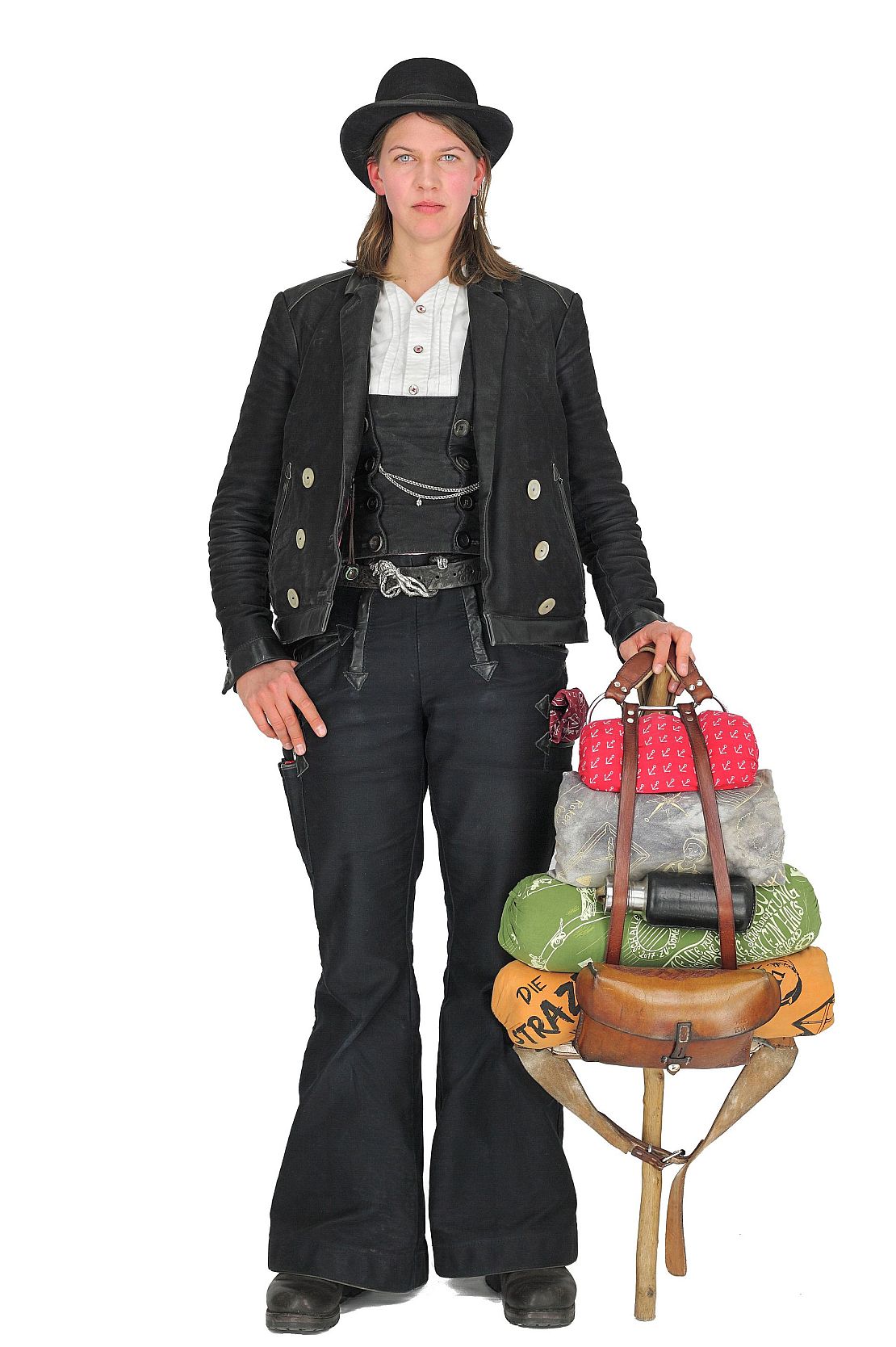
A battered-looking tree stump: the Nagelbaum (nail tree)
One of the most intriguing and puzzling works in the GNM’s collections related to the Walz is a battered-looking tree stump from the late-nineteenth century. The stump is clad with metal strips and covered with hundreds of nails. Why? Does each nail represent an individual journeyman who passed the stump? A similar, though much taller, nail tree is still in place in the centre of Vienna, near St Stephen’s Cathedral. It was first mentioned in town records and invoices of 1533. The stump at the Museum is said to have been a path marker and welcome sign for journeymen. Located at Kiel Harbour ‘near the Kopenhagen Inn’ (which no longer exists) and directly next to the city gates in front of the harbour, it would have been hard to miss! It is said that journeymen had to describe its appearance and position at their next stop in order to prove that they really had visited Kiel (even though it was more usual for them to secure an official stamp in a Wanderbuch, or ‘travel book’, at each place where they stayed).
Some nails on the stump in the GNM spell out the date ‘1884’, and our conservators have detected minute traces that might confirm that it was indeed located near the sea. The stump eventually found its way into the Museum in 1914, just before the start of World War I. Although we are still researching its history, we do know that its previous owner, G. Heermann (a medical doctor), died early on in the War. Hostilities, unsurprisingly, put an end to journeyman travels. Today, even in peacetime, very few craftspeople brave the Walz which is no longer mandatory anyway. Only around 500 emerging craftspeople are currently on tour: the prospect of cold days on rainy roads in return for work and a meal, lost its appeal during the second half of the twentieth century. And yet, lately, this alternative and sustainable lifestyle, has started to become more popular again
Is Covid-19 the end of journeymen travels?
In 2014, the Walz was listed in the register of UNESCO Heritage of immaterial culture, highlighting its lasting cultural significance and its unique status worldwide. To combat Covid-19, journeymen have to submit to the same restrictions as the rest of us. The Confédération des Compagnonnages Européennes – the European body which oversees these periods of professional travel – has issued guidelines for its members that echo those for other institutions, including museums. At the same time, these Covid-19 guidelines also include rules that appear baffling to outsiders, such as the “Stiefelschmorverbot”, or ‘a ban on stewing boots’. In fact, this simply means that sharing drink from a glass in the shape of a boot is not permitted during the pandemic. Perhaps easier to understand is the recommendation to return “back to the roots” that is to walk and sleep outdoors ‘at Mother Green’s’. Yet while the restrictions to combat the Covid-19 pandemic continue, no new journeymen can start their travels, and the continuation of this time-honoured tradition is daily placed more and more in jeopardy.
The GNM and I wish all journeymen and women out there safe travels. Stay healthy, and stay in touch!
Read
KulturGut, the GNM’s monthly focus on its collections, offers a range of object histories compiled during and after the Cultural History of Crafts project (in German).
Back on 15 July 2006, The Guardian Newspaper’s Stephanie Boucher reported on a young German blacksmith, journeying in the UK – who incidentally also took one of the first British travelling journeymen under his wing. (English)
Theresa Amrehn with Henriette Dyckerhoff and Nadine Wedel: Königin der Landstraße. Munich: Piper, 2016. (German)
Dominik Reding: Kluft & Haut. Porträts junger Menschen auf der Walz, in: ait, 7/8 2019, pp. 122-124. (English and German)
Watch (German only)
The NDR (Norddeutscher Rundfunk) produced a 50 min documentary on the Walz today which is available on YouTube.
In January 2020, the Bayerischer Rundfunk broadcast this five-minute insight into the experiences of Kilian, a carpenter journeyman.
I would like to thank Benjamin and Dominik Reding, Berlin, for sharing their insider knowledge and permission to use one of their images in this blog; I would also like to thank my colleagues in the GNM’s Conservation Department IKK for their input.
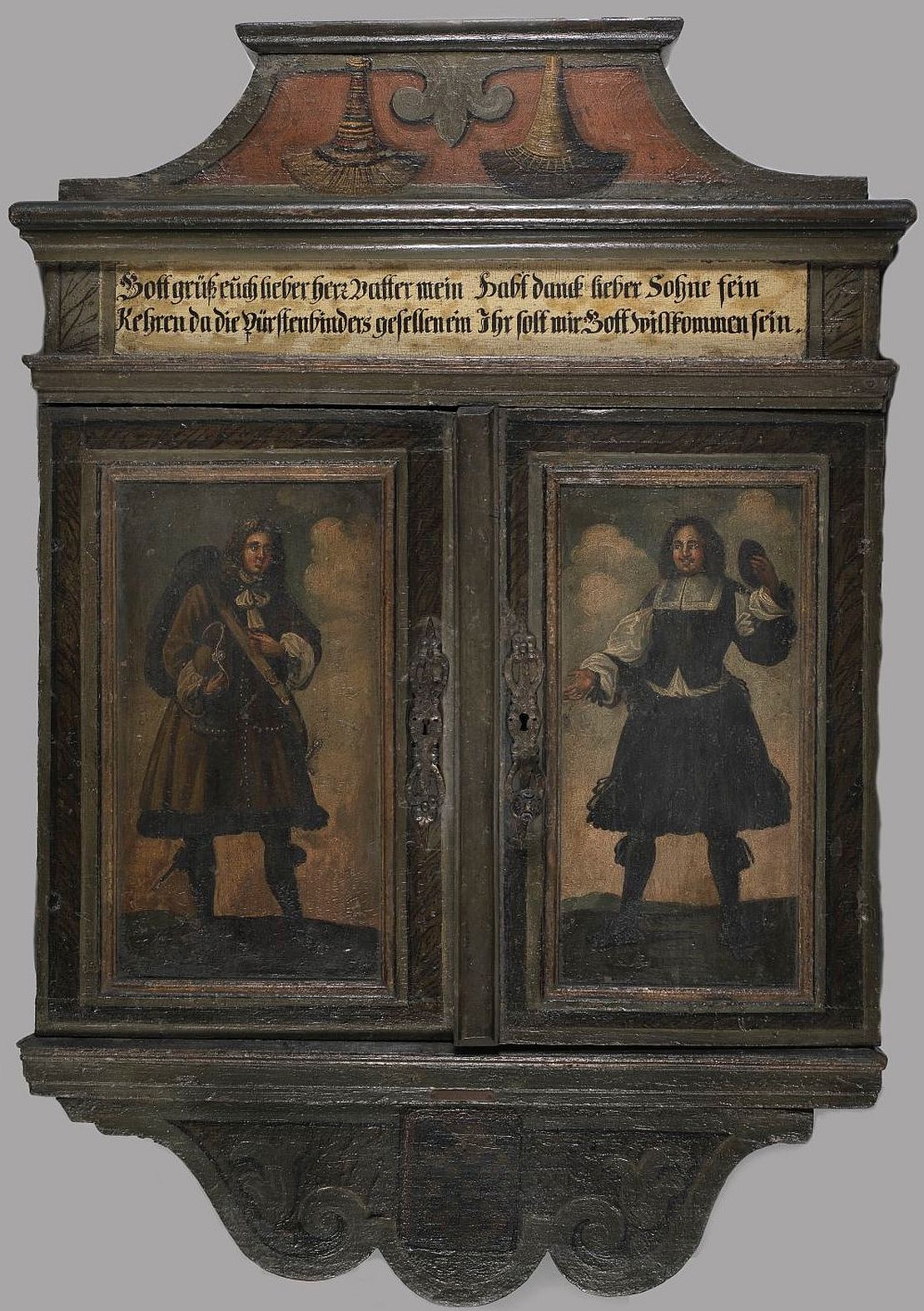
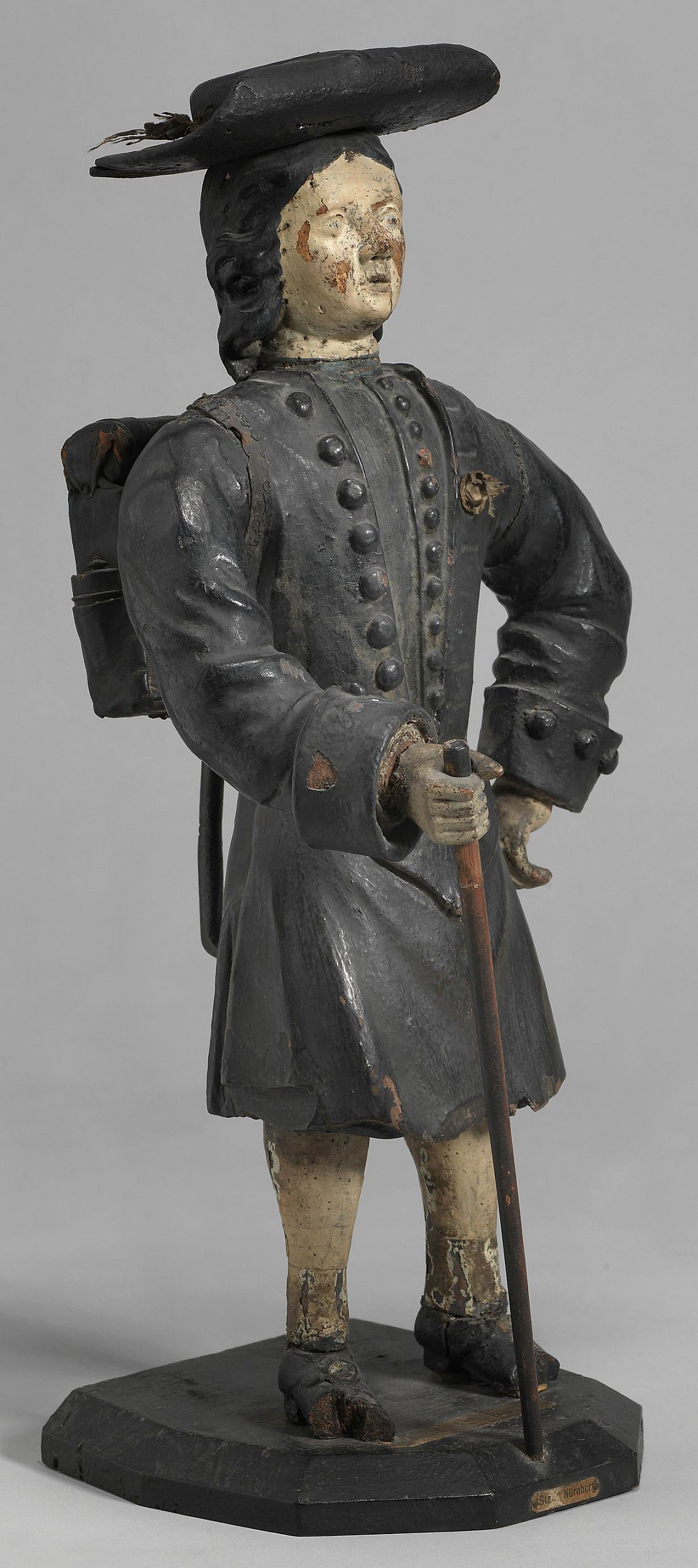
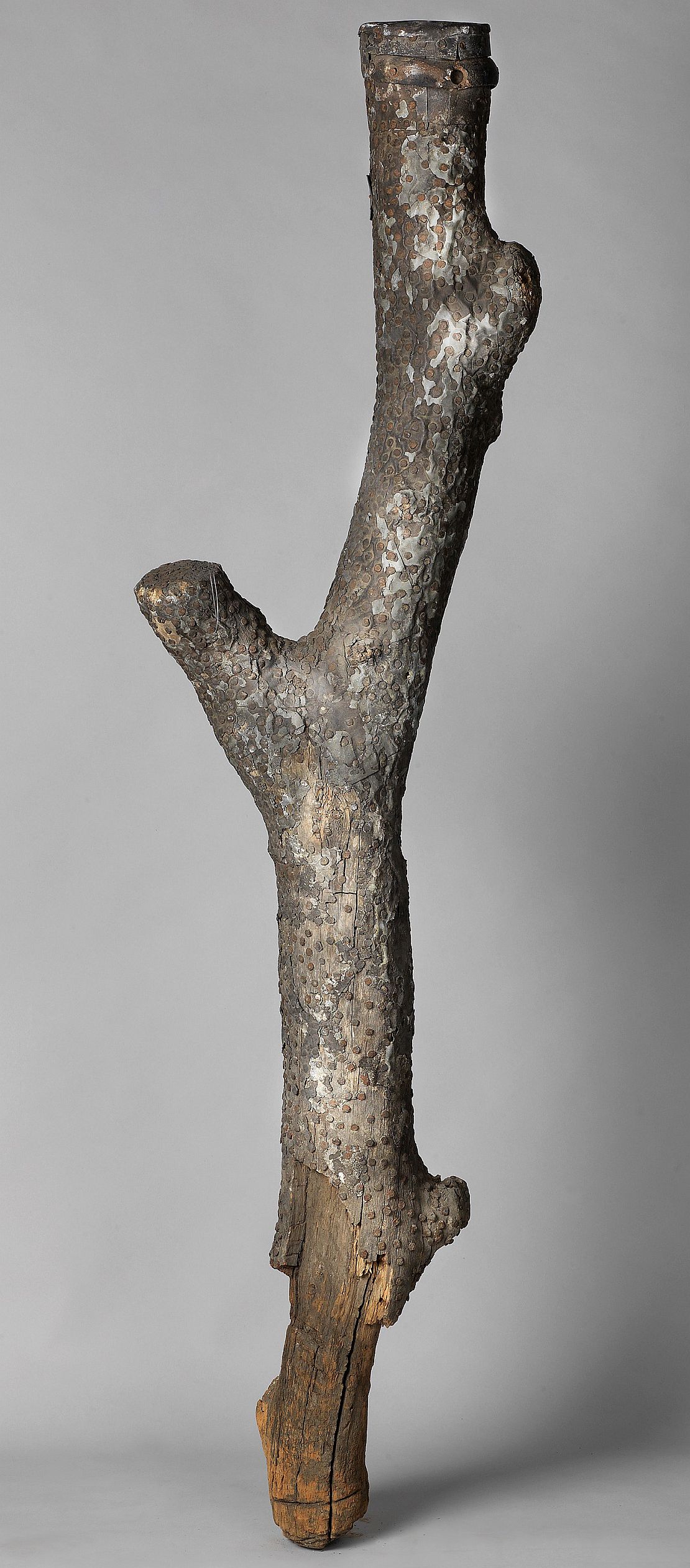

Kommentare
06.06.2023 | Bernhard Malkmus
Sehr geehrte Frau Dr. Zech, vielen Dank für Ihren interessanten Beitrag, den ich gerne in der auslandsgermanistischen Lehre einsetzen würde. Ist er auch auf Deutsch verfügbar? Gibt es bereits Erkenntnisse darüber, ob sich diese Tradition nach der Pandemie erholt hat oder noch immmer unter den Folgen leidet? Beste Grüße und vielen Dank, Bernhard Malkmus Professor für Germanistik, Newcastle University DR. HEIKE ZECH ANTWORTET: | Sehr geehrter Professor Malkmus, vielen Dank für Ihre ganz aktuelle Frage. Der Beitrag ist tatsächlich nur auf Englisch verfügbar. Für generelle Erkenntnisse zu den längerfristigen Auswirkung von Covid scheint es noch zu früh. Anekdotisch berichten Gesell*innen, die hier im Museum vorbeikommen, dass die Pandemie noch nachwirkt, z.B. was Anlaufstellen und das Erwandern (also die ersten Monate der Walz) betrifft. Aktuelle Berichte finden Sie vielleicht auf den Webseiten der deutschen Schächte, die teils auch über die Webseite der CCEG angesteuert werden können. https://www.cceg.eu/mitglieder. Mit herzlichen Grüßen
02.06.2020 | Dr. Horst Hensel
Habe ich richtig gelesen? Ein deutsches Nationalmuseum äußert sich auf Englisch? In einem spanischen oder französischem Nationalmuseum würde dies nicht geschehen. Mit freundlichem Gruß Dr. H. Hensel | GNM_BLOG ANTWORTET: Sehr geehrter Herr Dr. Hensel, das Germanische Nationalmuseum erforscht die Kulturgeschichte des deutschen Sprachraums, seine Sammlungen und Ausstellungen umfassen diesen Raum. Unsere Forschungen sind in einen internationalen Kontext eingebunden, unsere Besucher vor Ort wie im Netz kommen aus der ganzen Welt. Dies rechtfertigt durchaus auch Beiträge in englischer Sprache. Wir hoffen, dass Ihnen die mehrheitlich deutschsprachigen Blog-Artikel Freude bereitet haben.